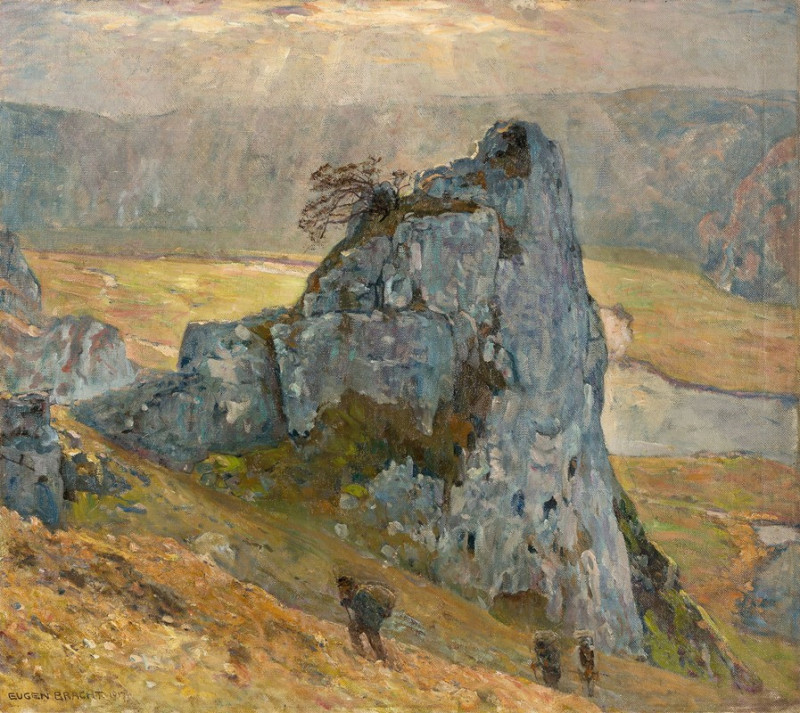Hadleigh Castle, The Mouth of the Thames–Morning after a Stormy Night (1829)
Technique: Giclée quality print
Recommended by our customers
More about this artwork
This fascinating painting by John Constable, titled "Hadleigh Castle, The Mouth of the Thames–Morning after a Stormy Night," is a captivating representation of nature’s interplay with historical architecture. Created in 1829, this artwork captures the romantic essence of the British landscape and the transient effects of light and atmosphere, which Constable is so renowned for.The painting portrays the remnants of Hadleigh Castle, situated on a craggy hill overlooking the Thames Estuary. The castle's ruins, bathed in the soft, warm glow of a morning sun, evoke a sense of melancholic beauty. The storm has passed, leaving behind a sky crowded with dynamic, roiling clouds and light piercing through them, illuminating patches of the muddy flats below.In the foreground, Constable invites viewers into a scene of serene daily life, unaffected by the grand historical narrative of the castle’s ruins. A shepherd walks with his dog, a nod to the timeless rhythm of rural life, while cattle graze peacefully nearby. This juxtaposition of the majestic, tumultuous past and the tranquil, mundane present offers a rich narrative about resilience and the passage of time.The depth of the landscape stretches out into the marshes before reaching the distant river and shores, setting a vast stage that emphasizes the enduring power and scope of nature relative to human history. "Hadleigh Castle, The Mouth of the Thames–Morning after a Stormy Night" not only showcases John Constable's mastery of landscape painting but also reflects his deep appreciation for nature's ever-changing moods and its historical tapestry.
Delivery
Returns
John Constable RA was an English landscape painter in the Romantic tradition. Born in Suffolk, he is known principally for revolutionising the genre of landscape painting with his pictures of Dedham Vale, the area surrounding his home – now known as "Constable Country" – which he invested with an intensity of affection. "I should paint my own places best", he wrote to his friend John Fisher in 1821, "painting is but another word for feeling".

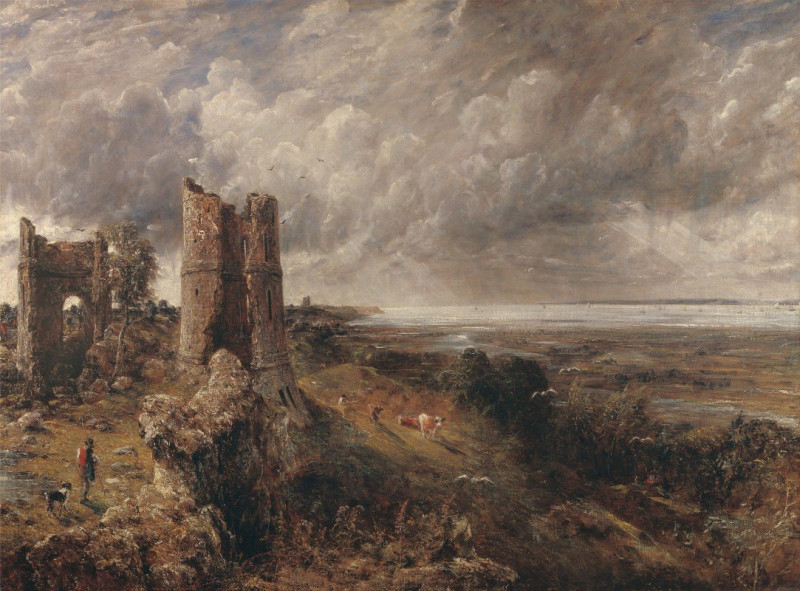
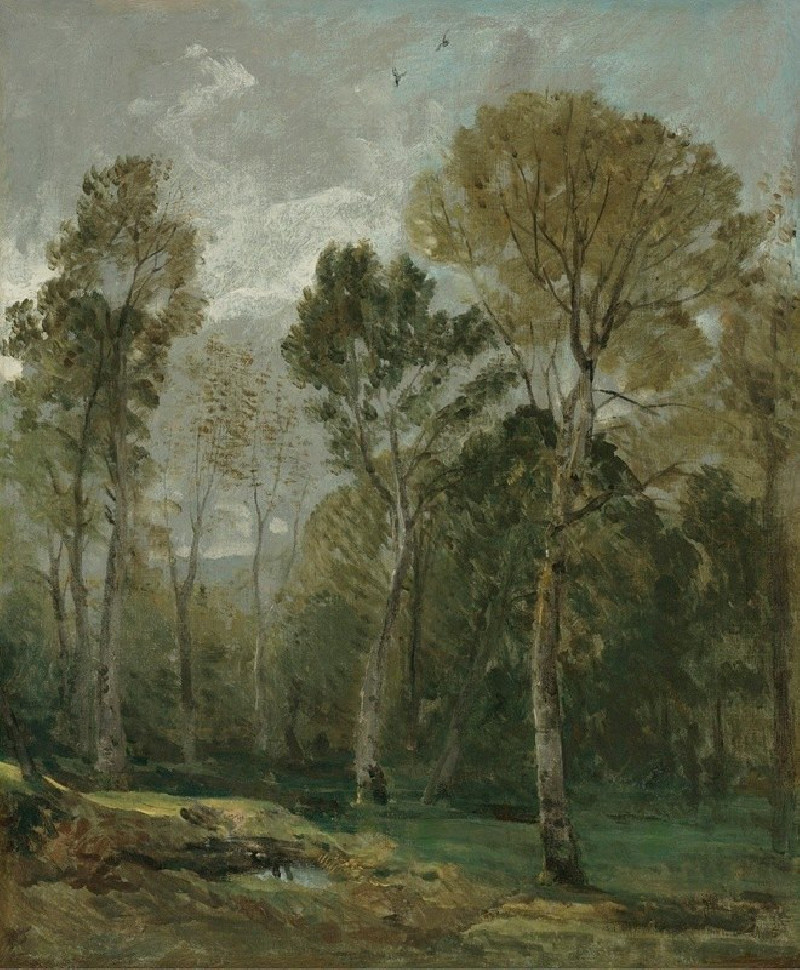
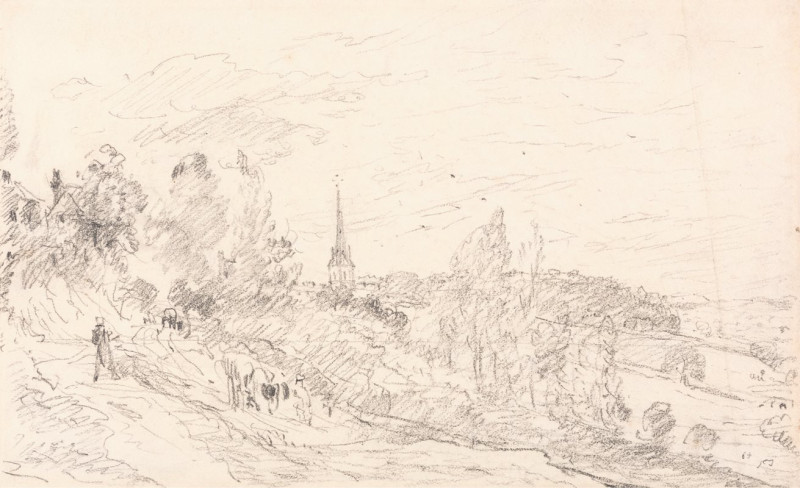
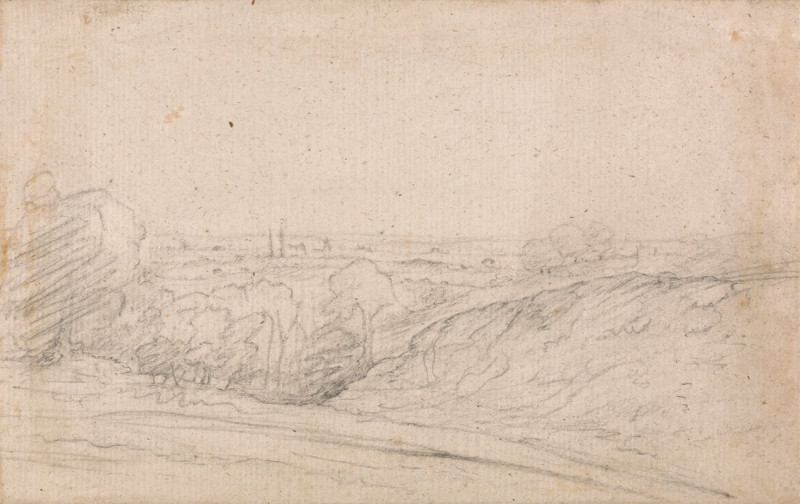
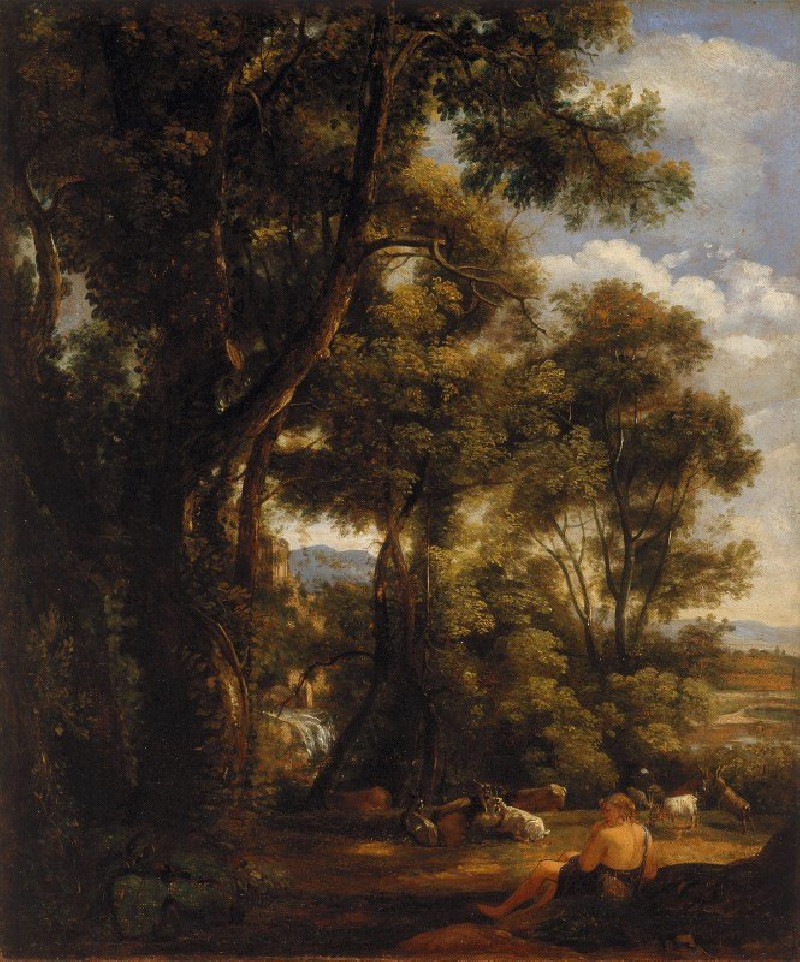
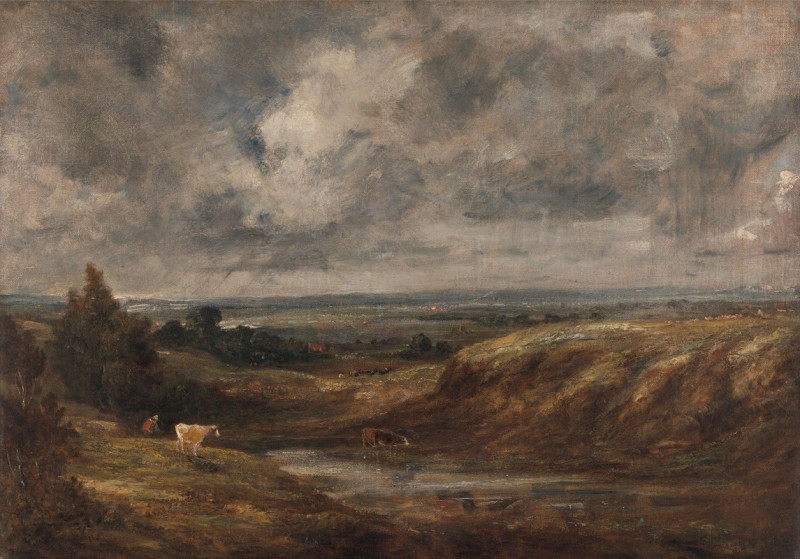
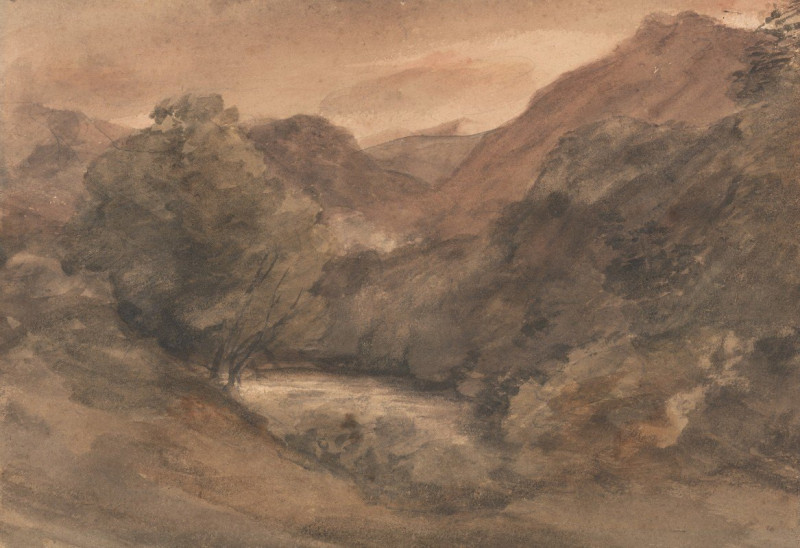
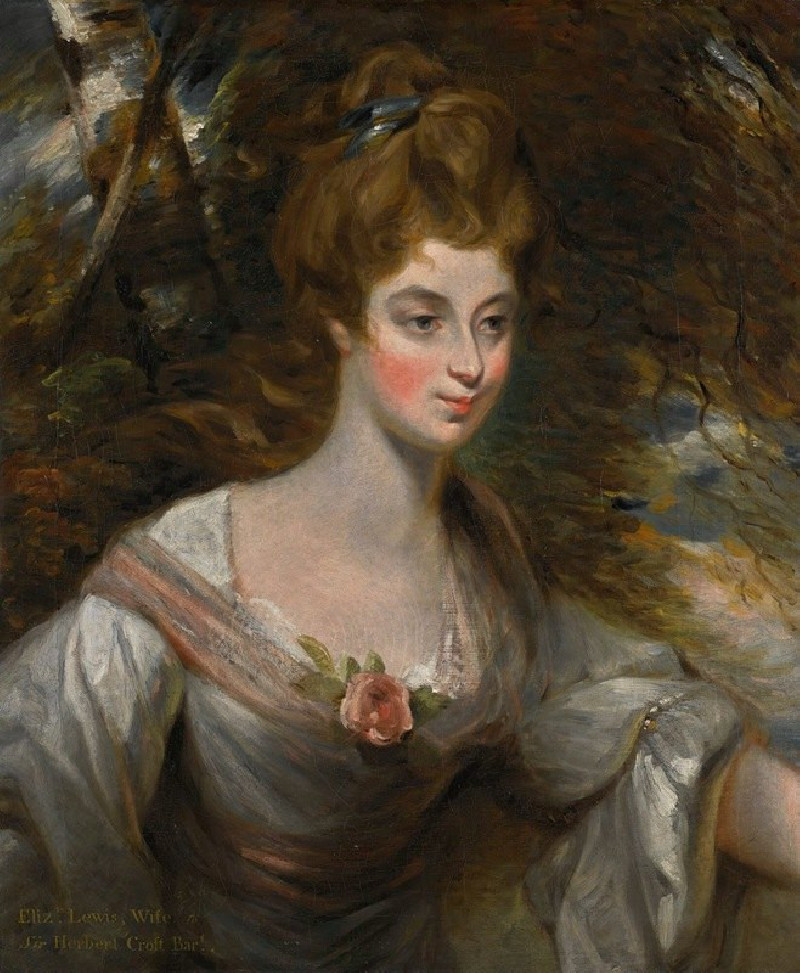
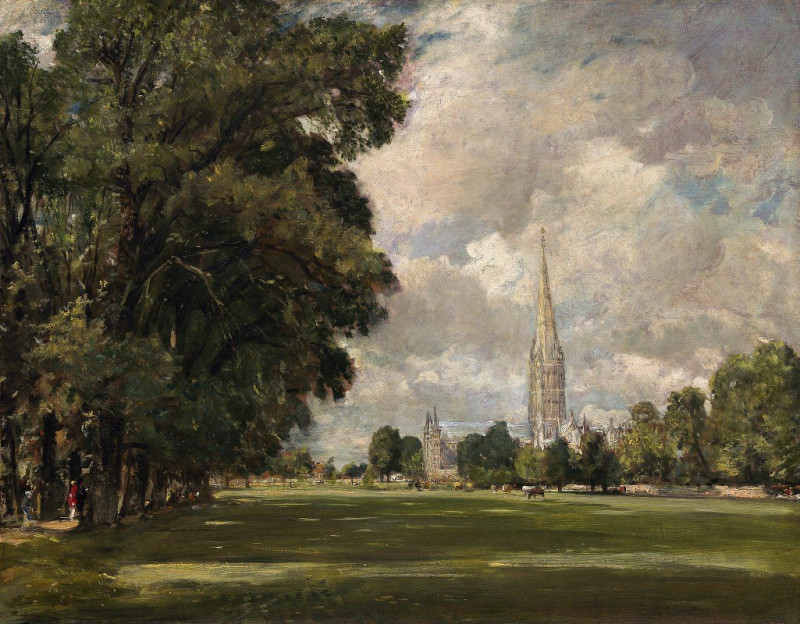

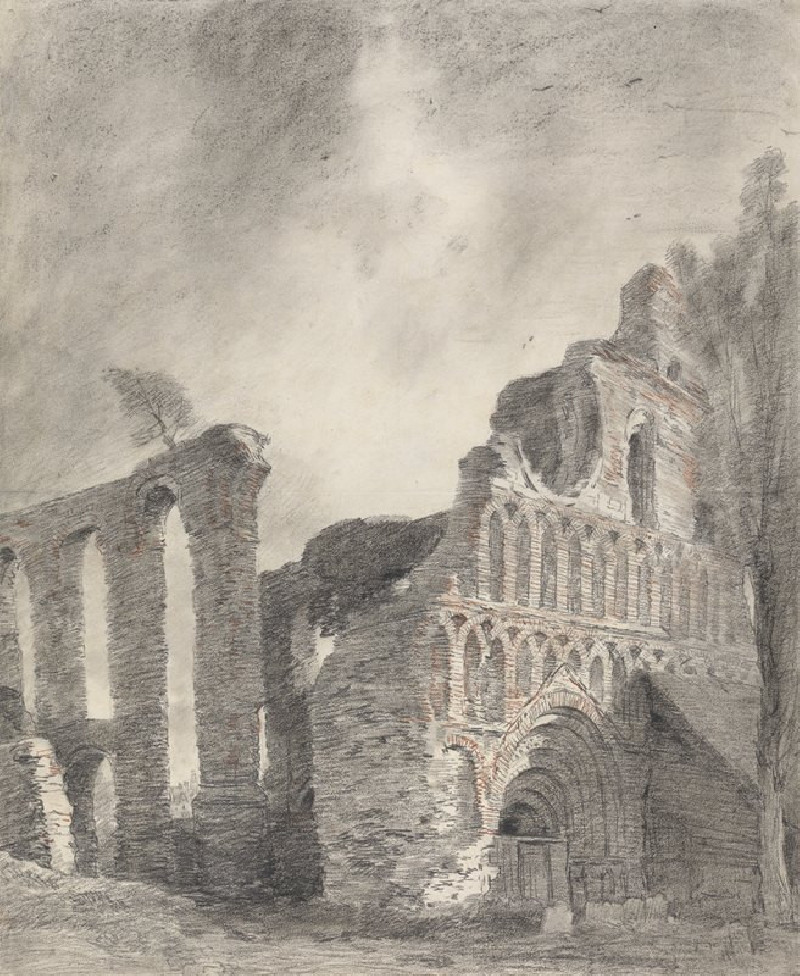
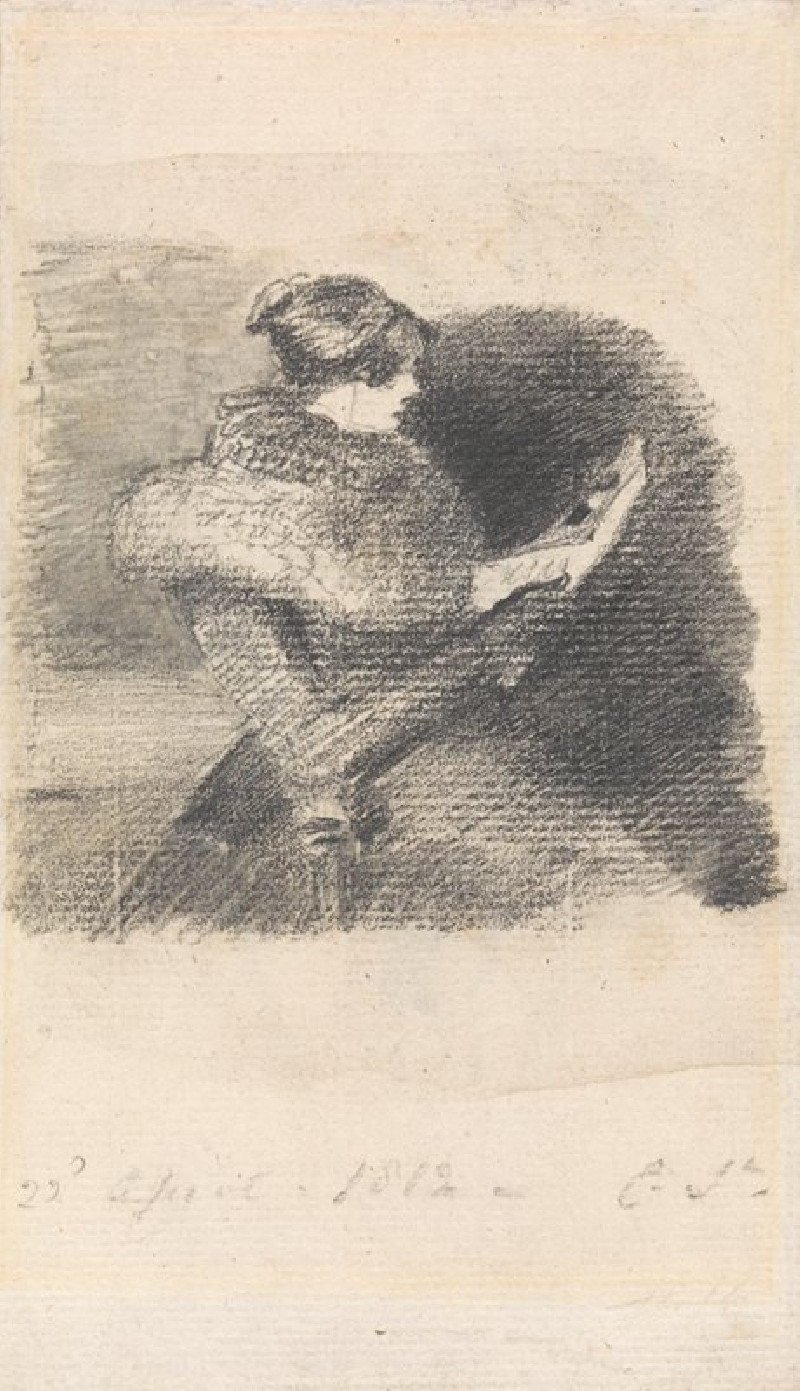

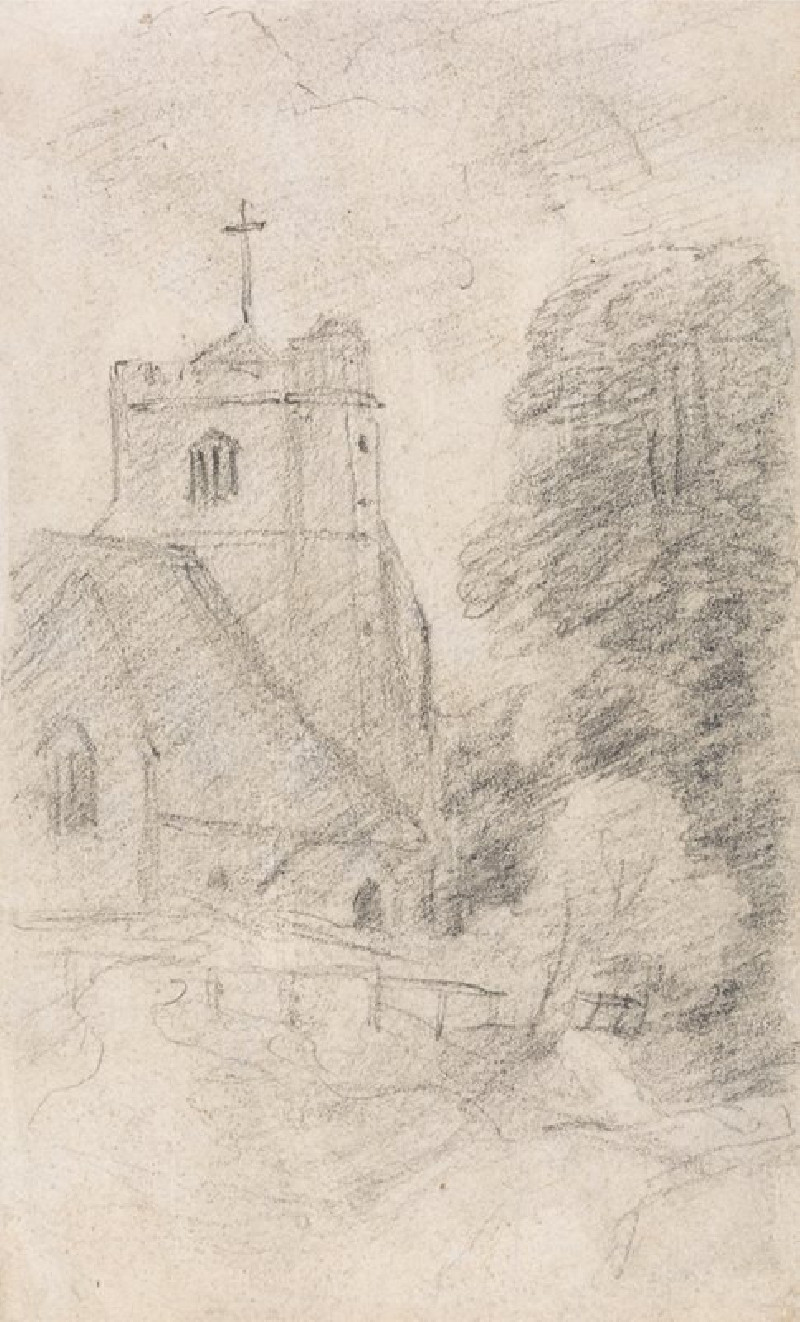
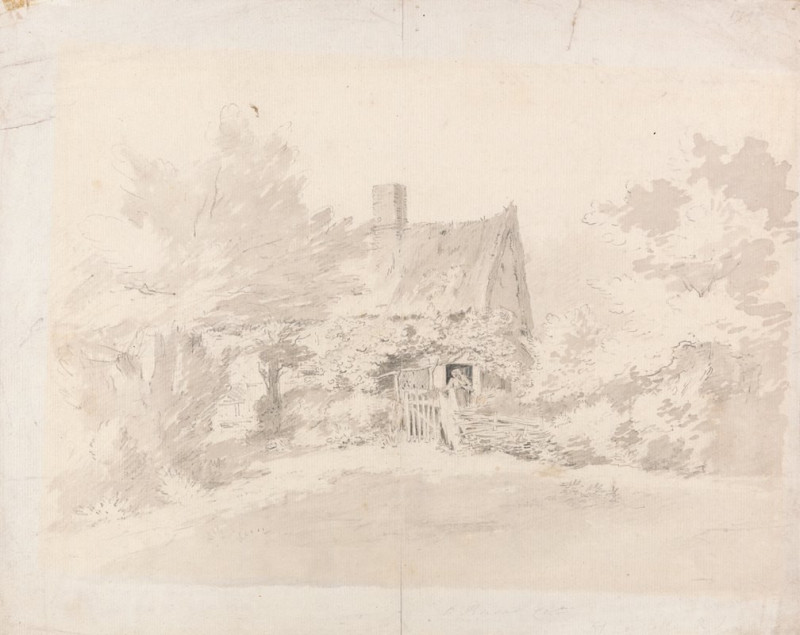
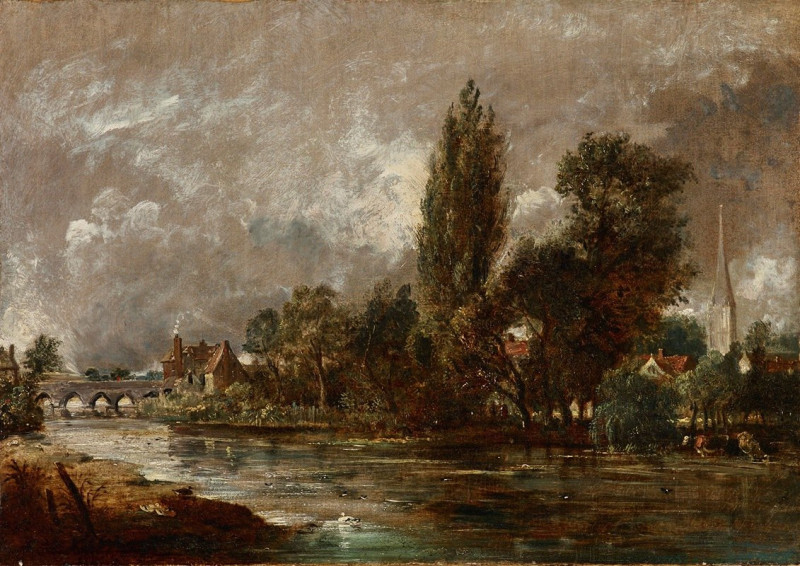
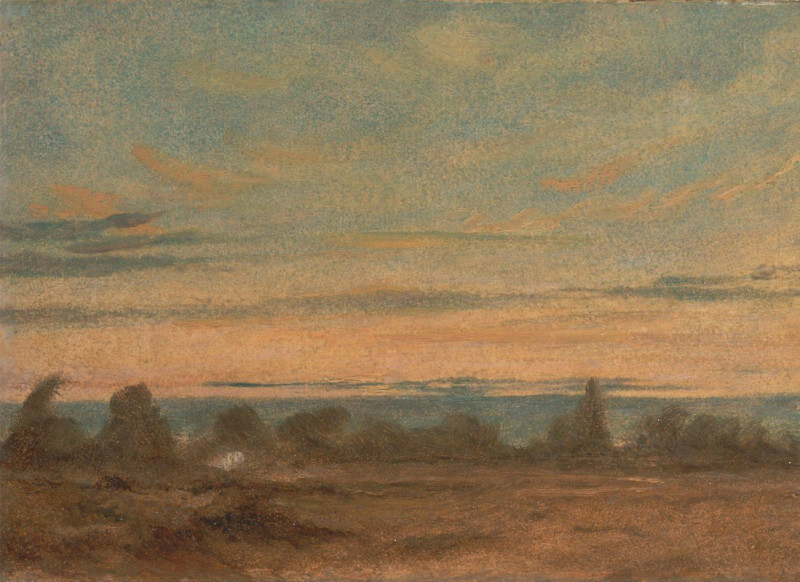
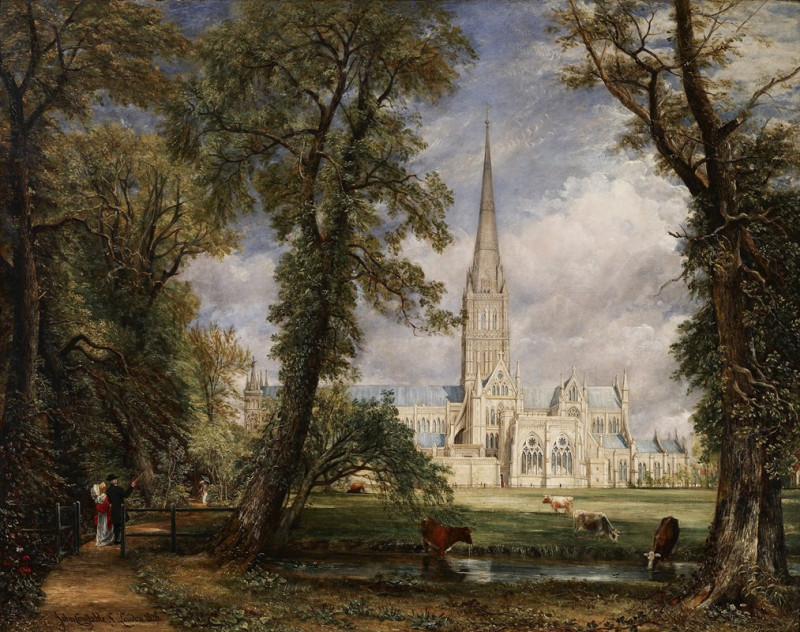
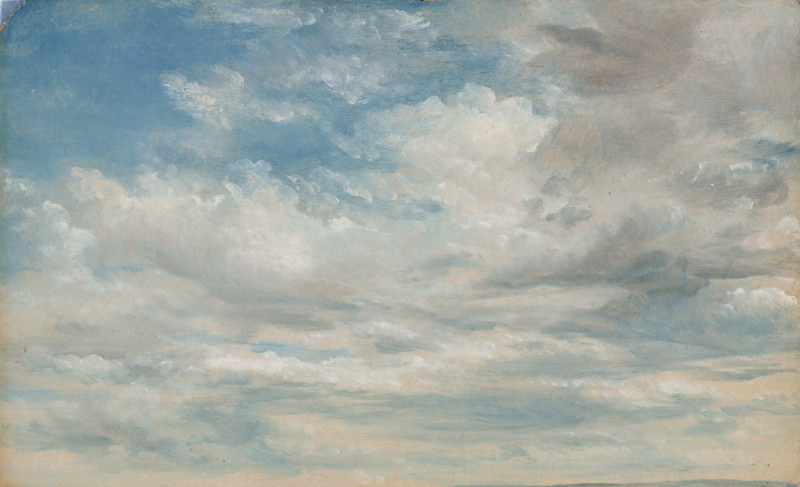
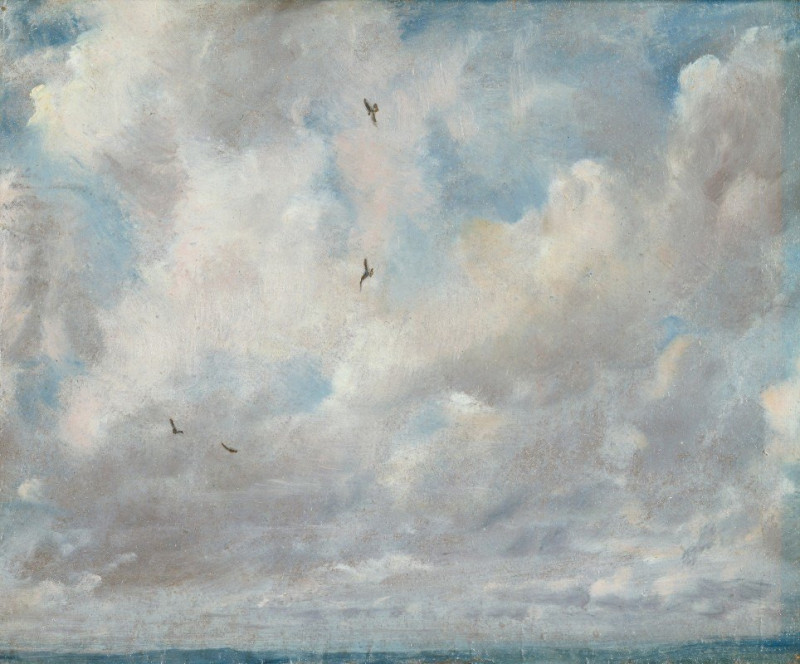
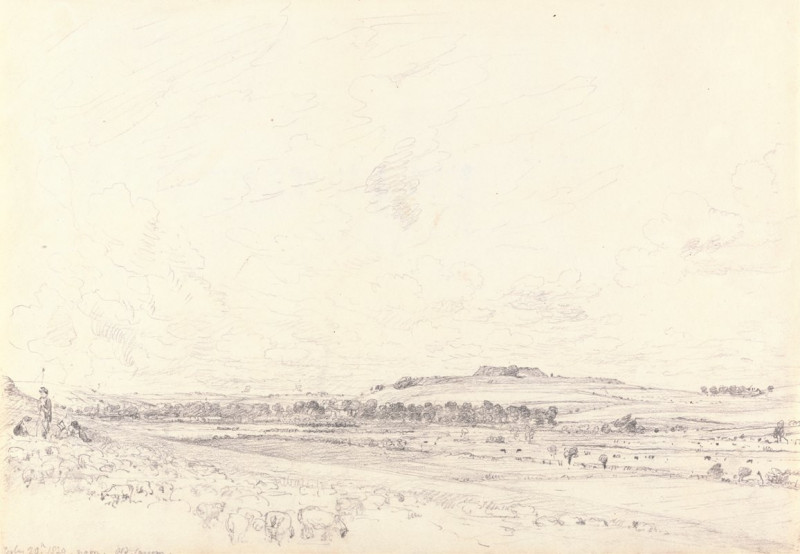
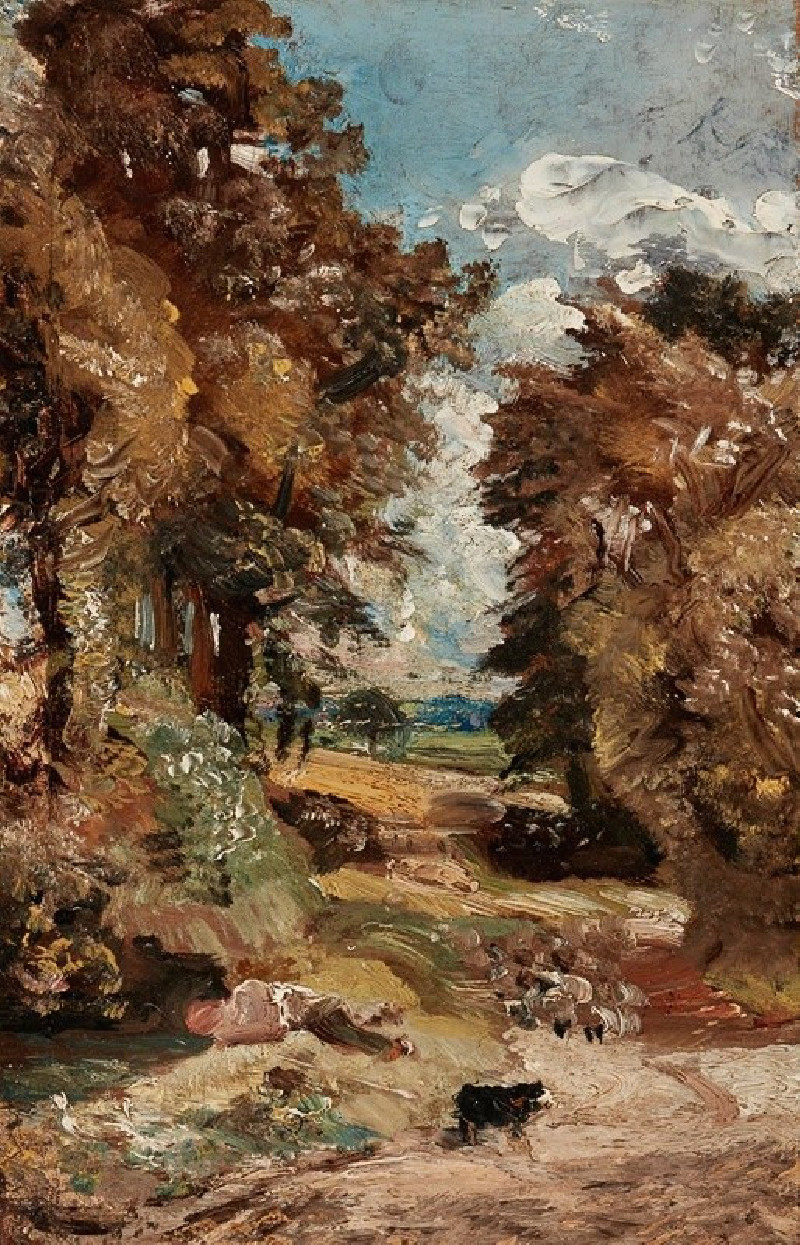
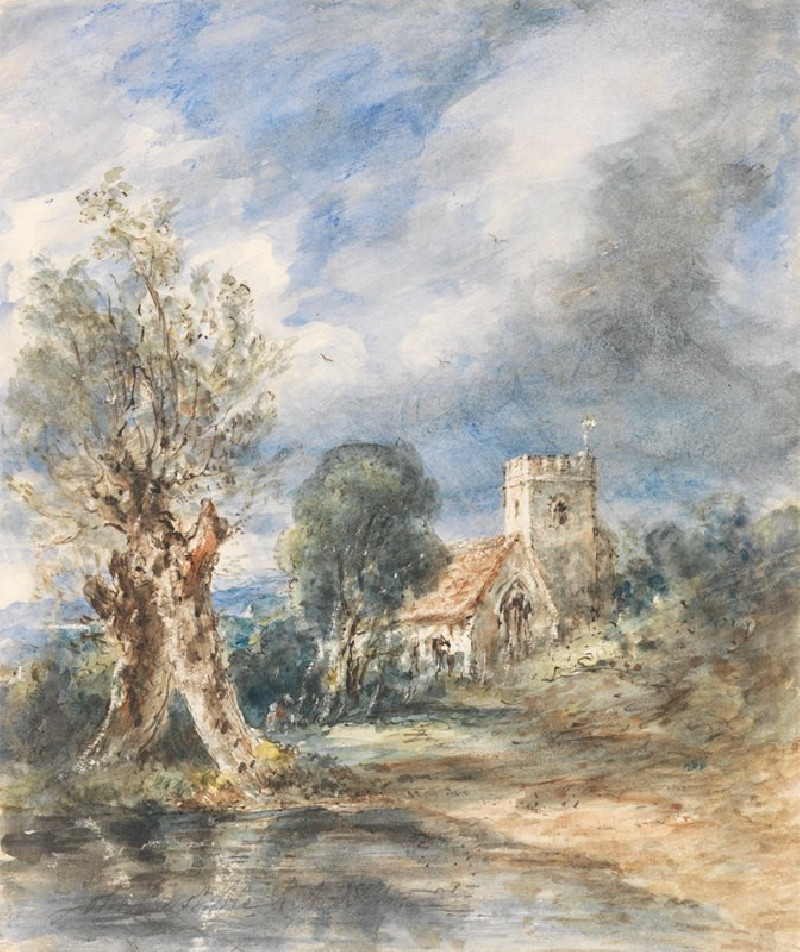
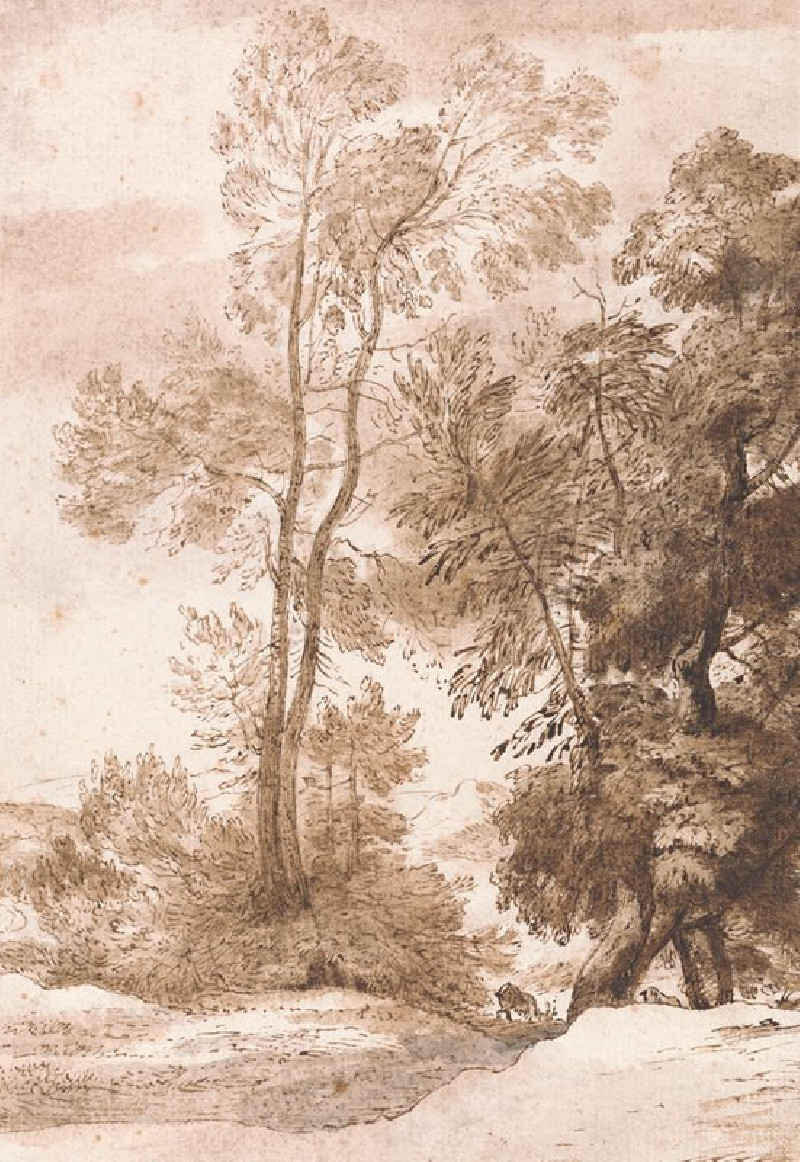
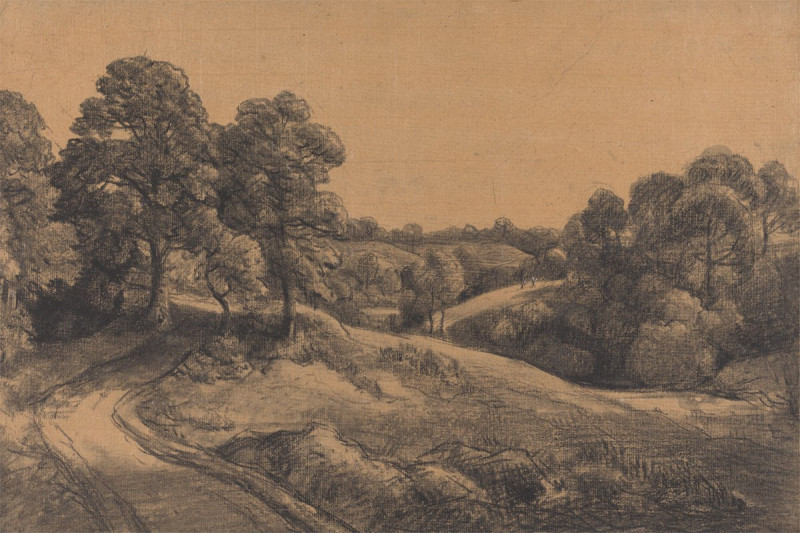
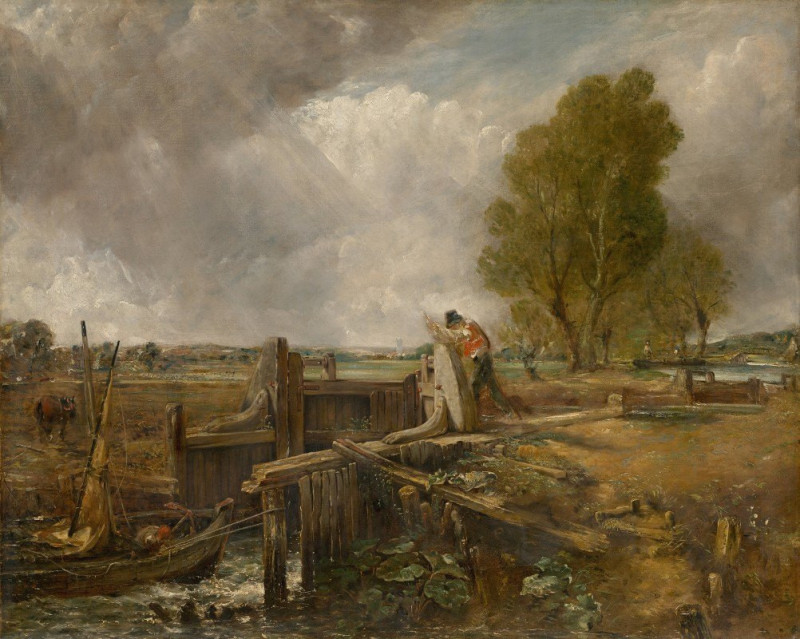
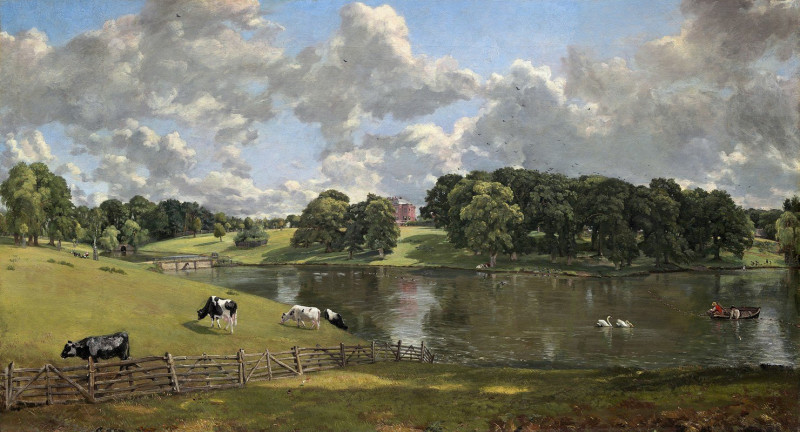
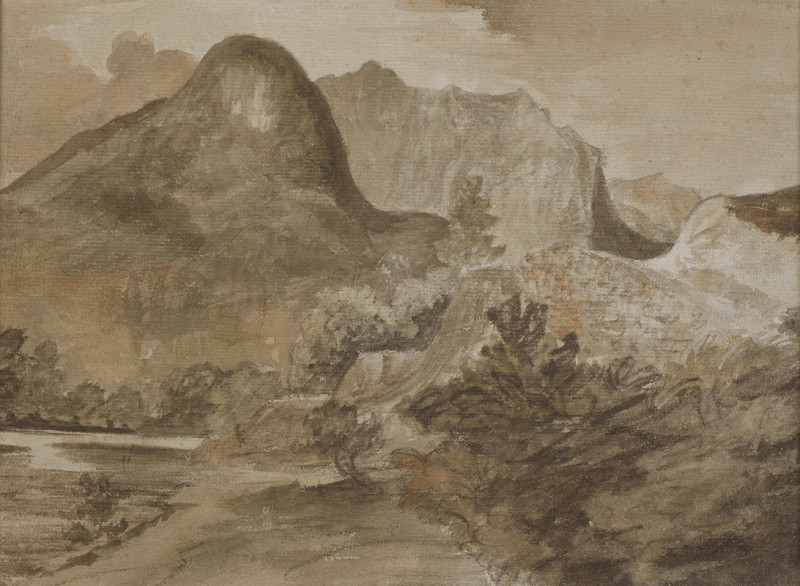
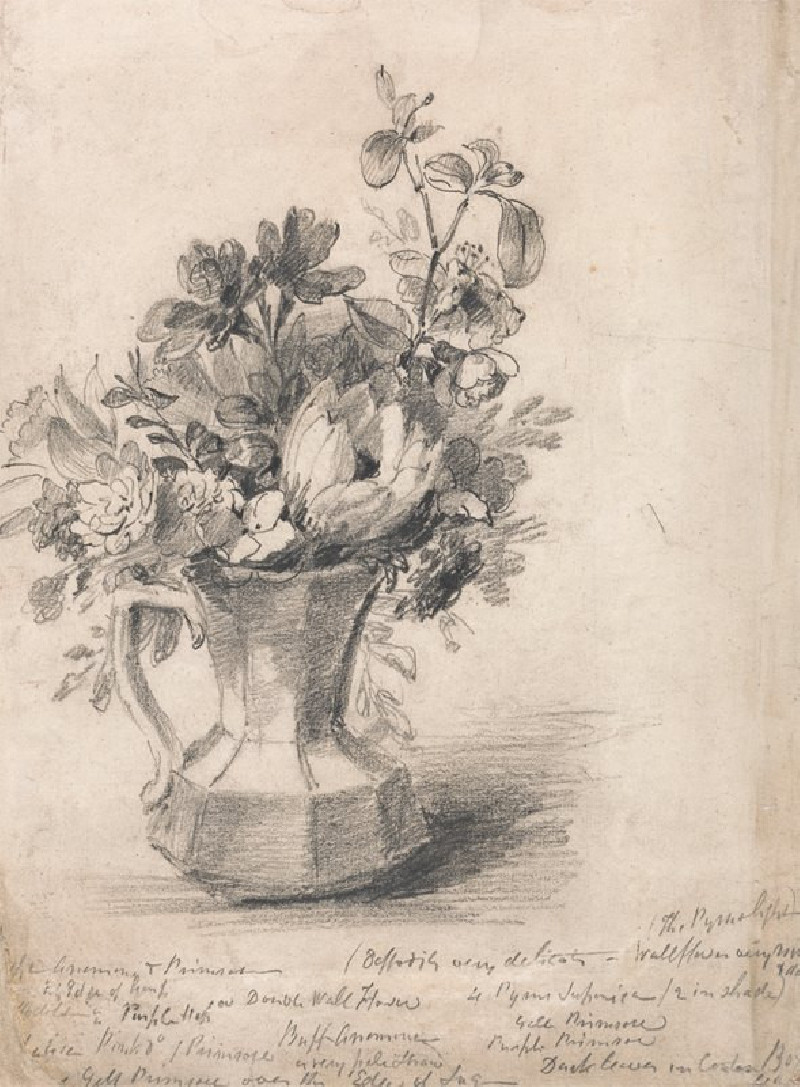
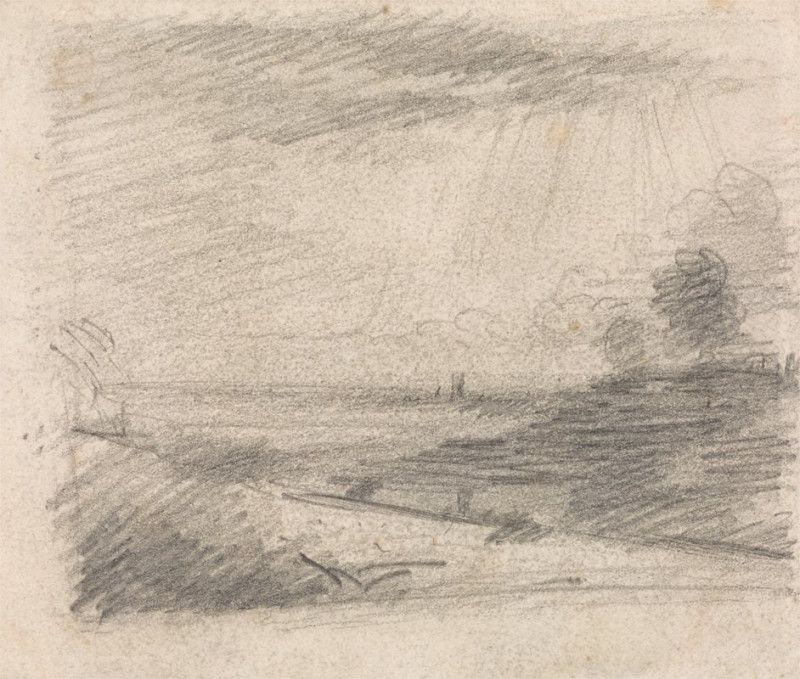
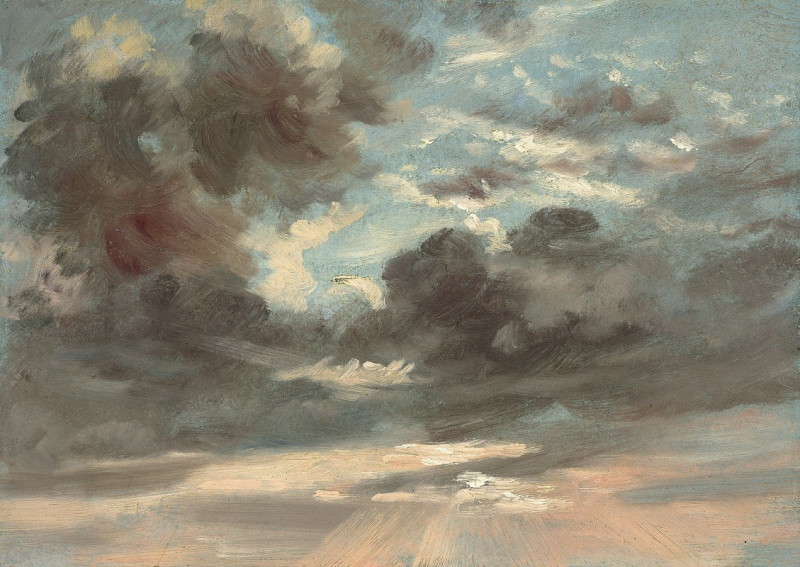
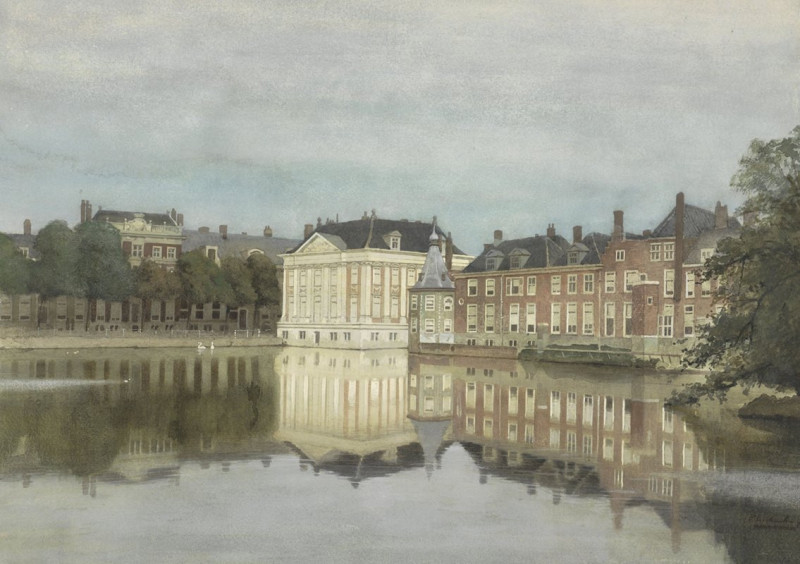
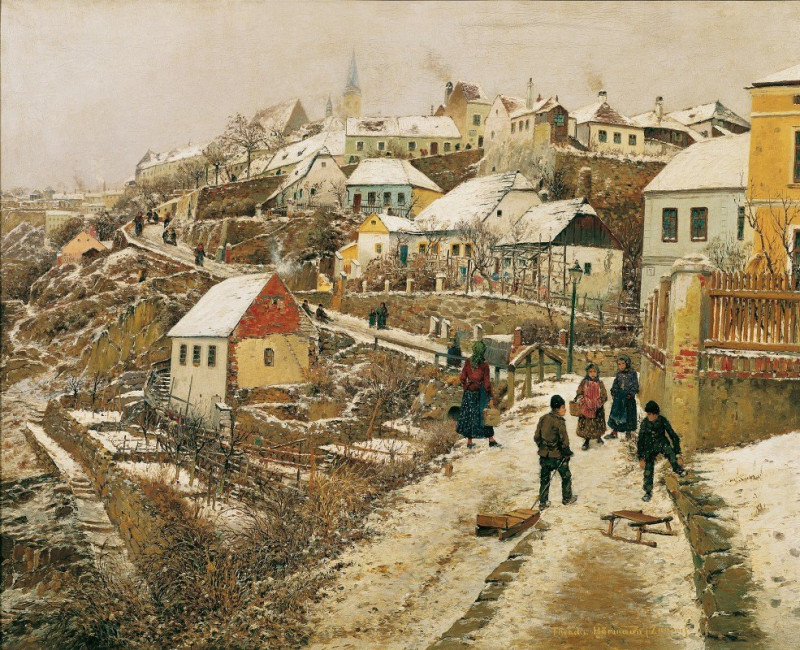
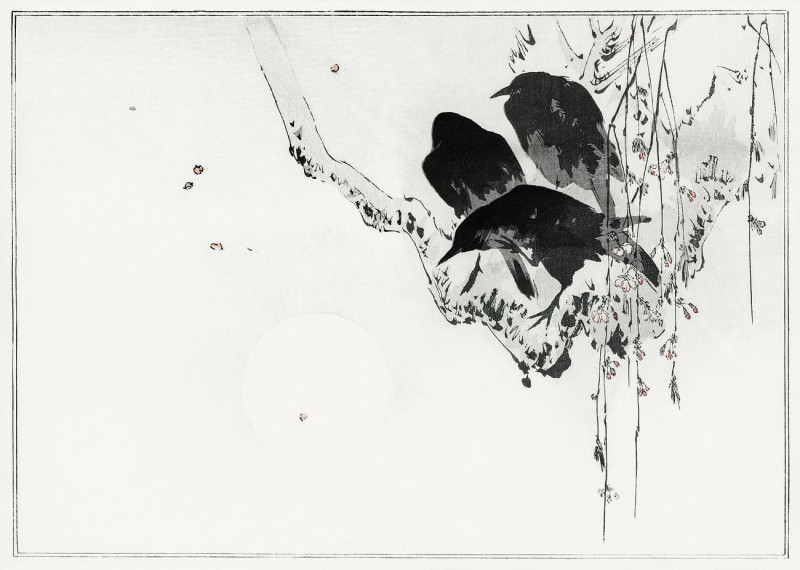

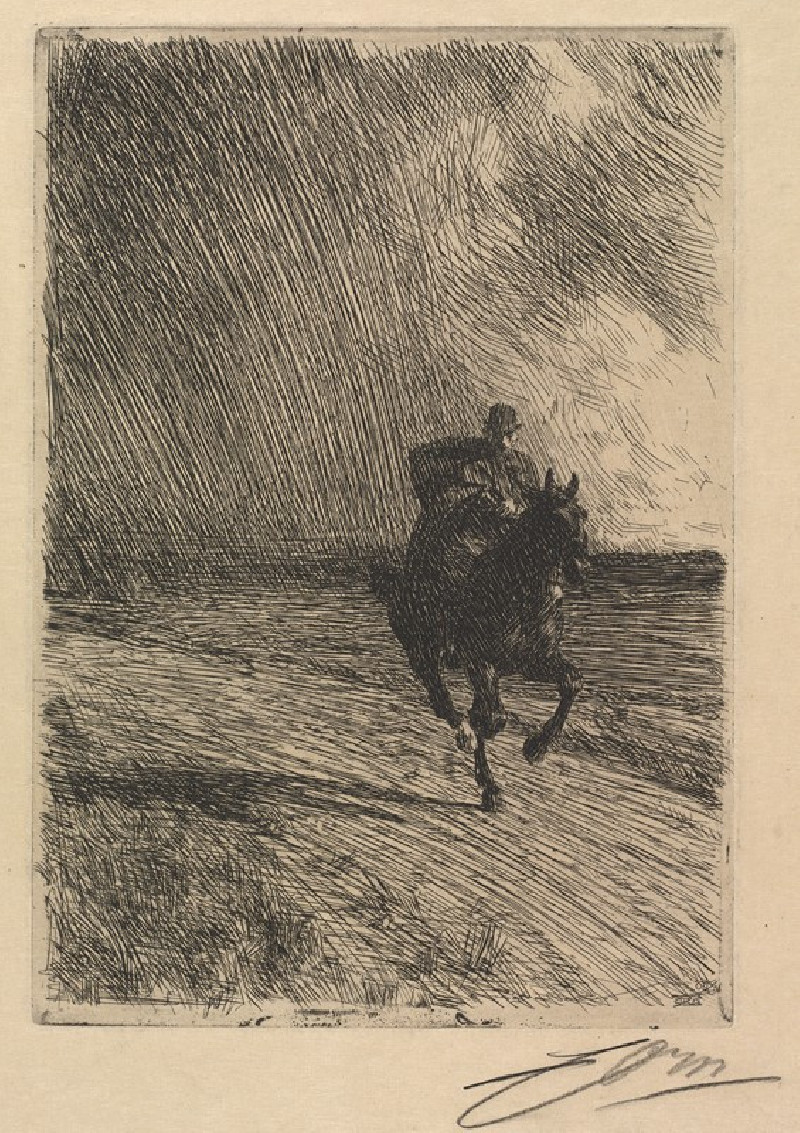
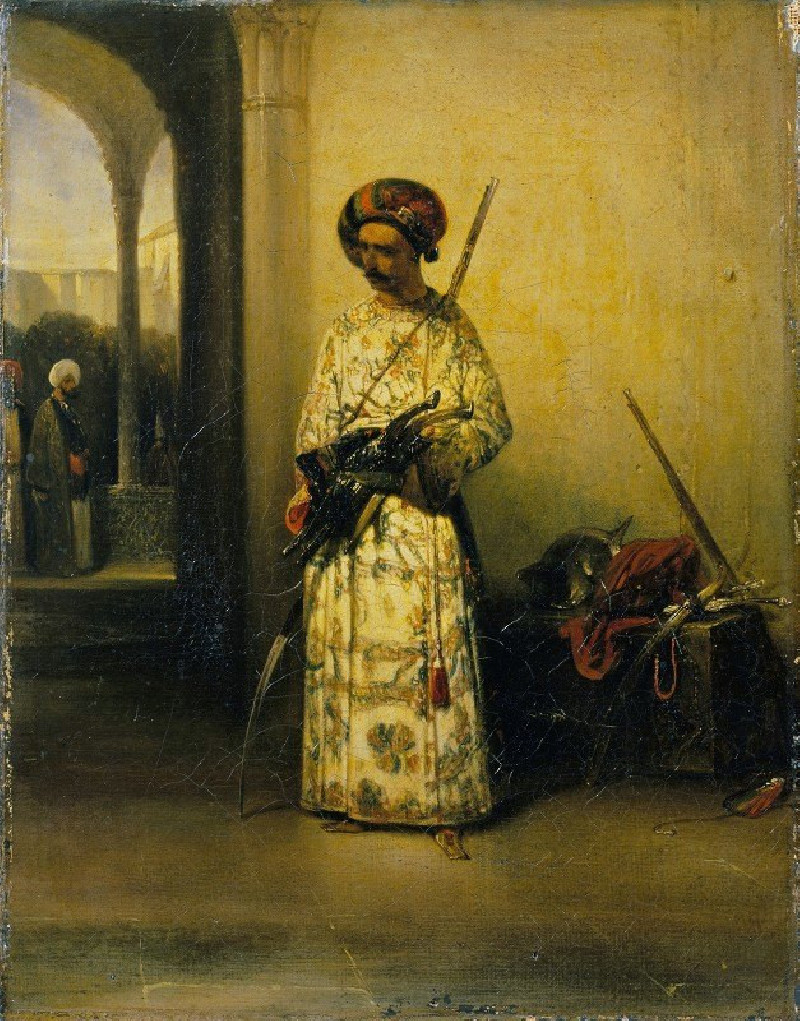
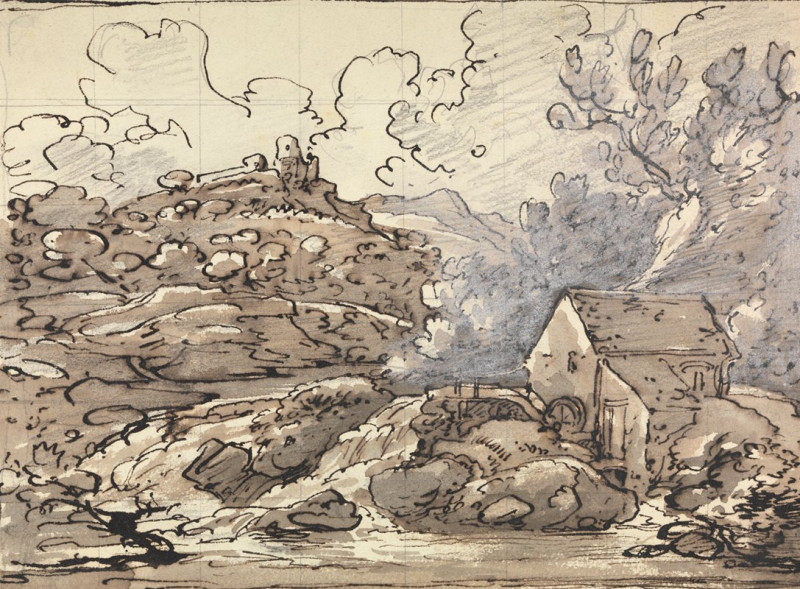
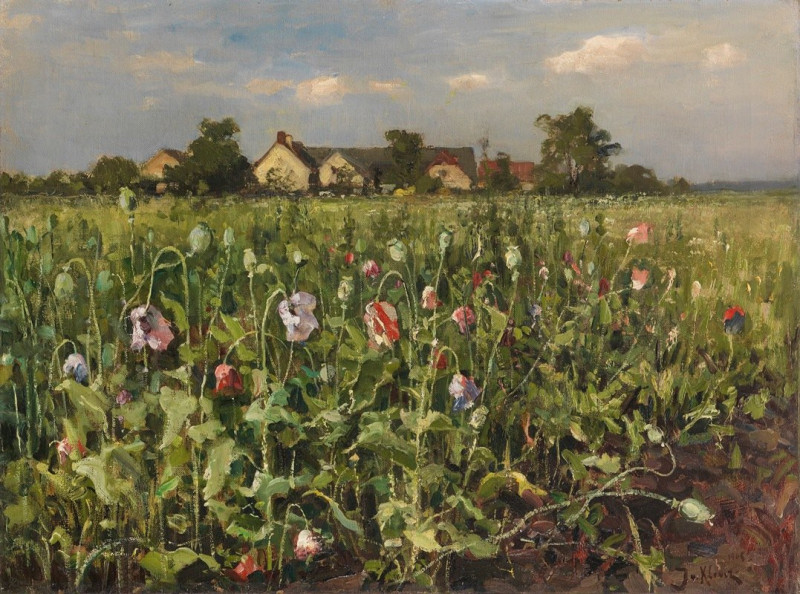
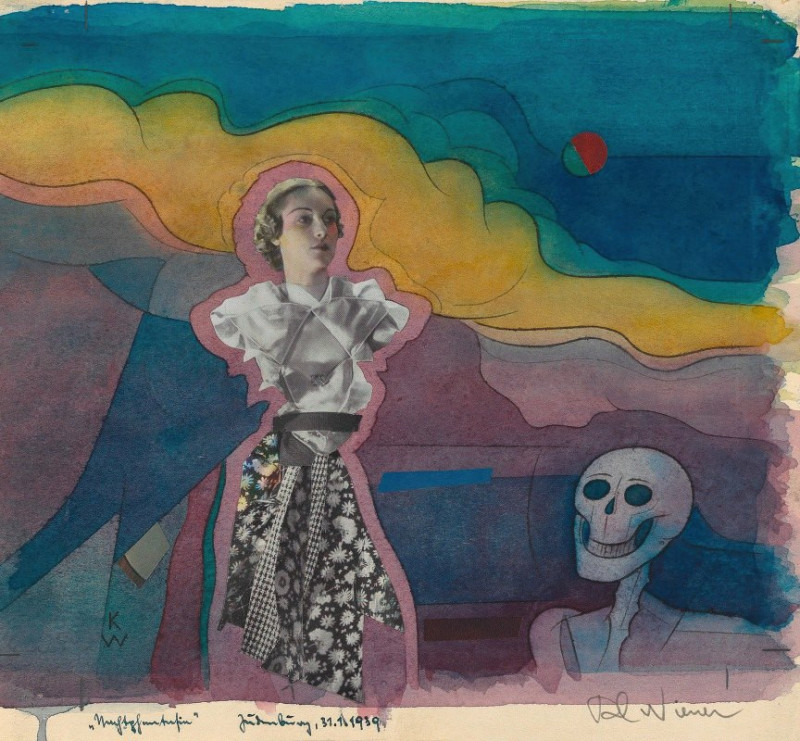

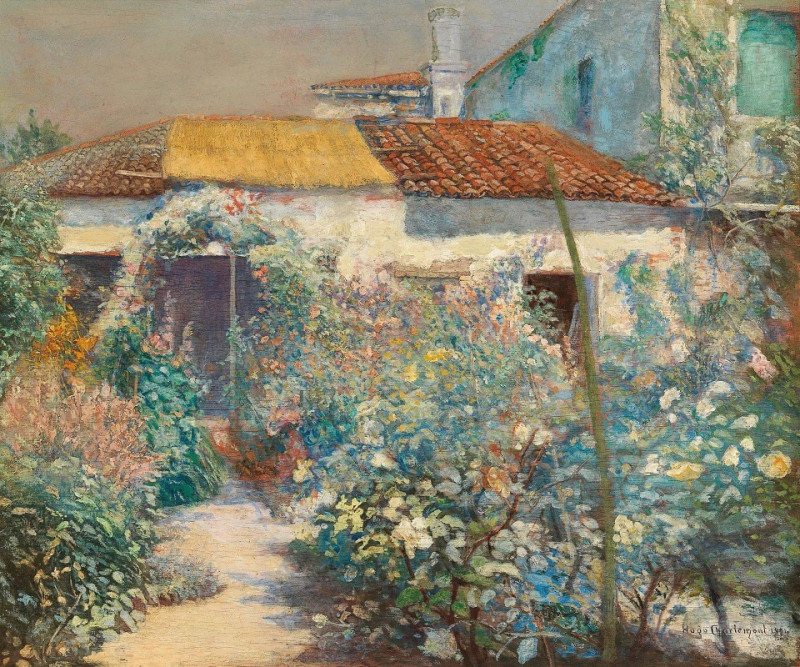
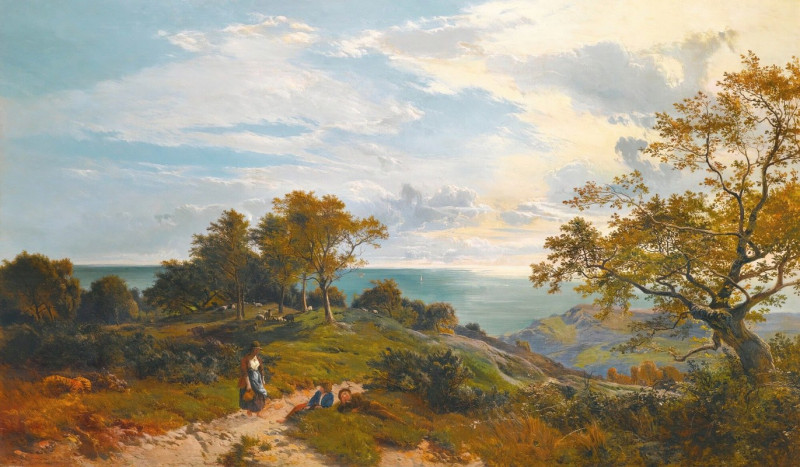


![At Moorshedubad [Murshidabad] reproduction of painting by Samuel Davis. ALL GICLEE PRINTS](https://reprodukcijos.lt/48403-large_default/reproduction-of-at-moorshedubad-murshidabad.jpg)
